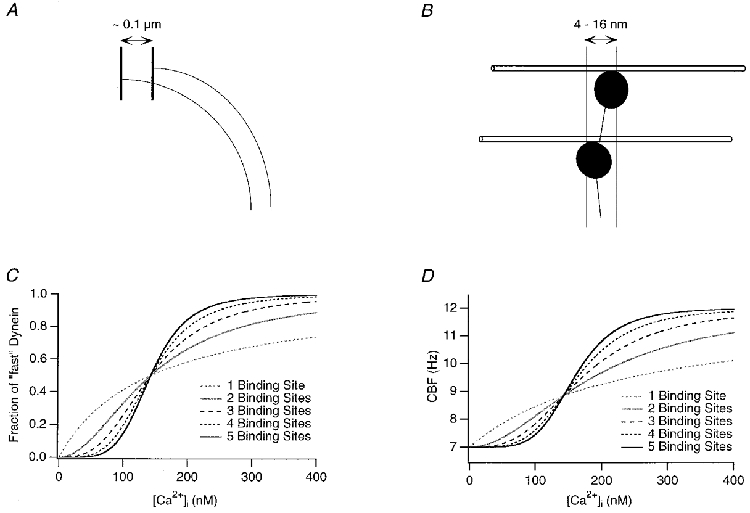Figure 8. Modelling the action of Ca2+ on CBF.

Using published data on dynein conformational changes, we estimated the minimum number of sequential dynein arm actions necessary for one single ciliary stroke. Two outer doublets are separated ≈0.1 μm at the end of ciliary bending as indicated in A, and a single stroke of one dynein arm can move a microtubule 4–16 nm (B). Thus, between 12 and 50 sequential dynein arm movements are necessary to complete a single ciliary stroke (for all calculations, 25 were used). C, the fraction of fast vs. slow dynein arms was computed using the Hill equation and is simulated here with a total Kd of 0.007 μM. The traces shown in the graph simulate the relationship between [Ca2+]i and the fractional occupancy of 1 to 5 cooperative Ca2+ binding sites. D, using the Hill equation to calculate the fast and slow dynein arm fraction's dependence on [Ca2+]i, we simulated CBF traces, arbitrarily choosing a baseline frequency of 7 Hz and a maximal frequency of 12 Hz (however, this is not the limit of the model in general).
